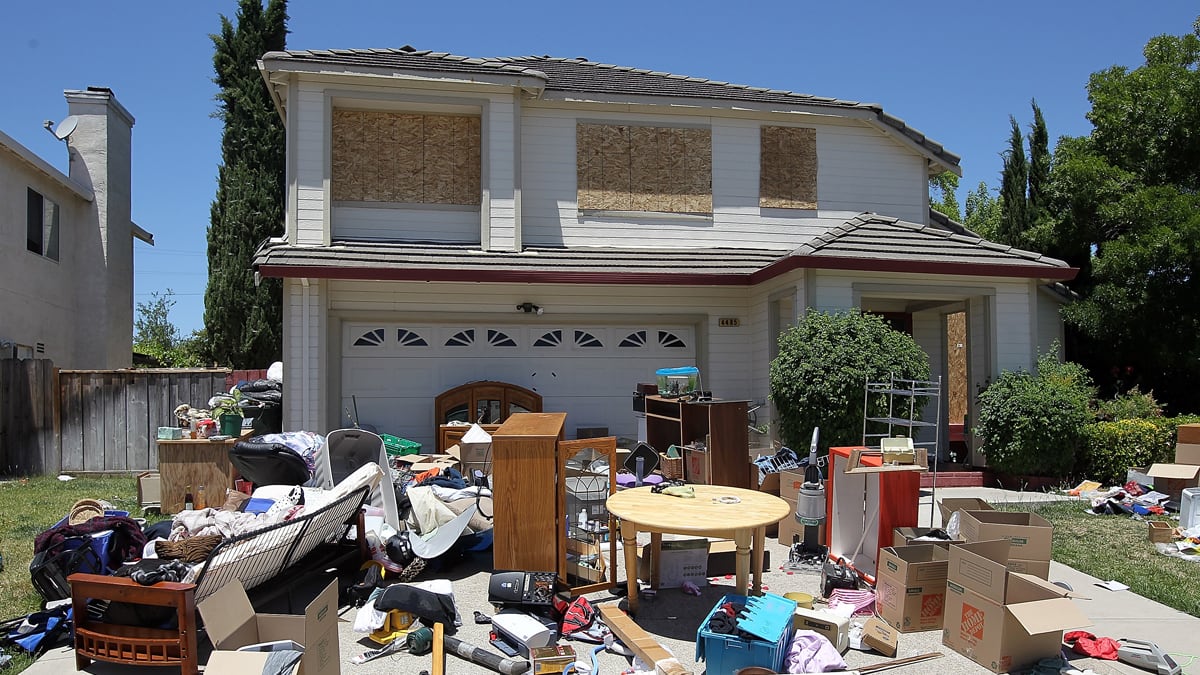Until recently, the American housing market still looked a lot like financial-crisis “ground zero”: mortgages, underwater or delinquent; houses, abandoned, or foreclosed. This depressing “shadow inventory” has served as the worst kind of economic dead weight, dragging down the value of real assets in the housing market, and crushing consumer credit for good measure.
Now, according to new data from JP Morgan Chase, Americans may be shrugging off the foreclosure yoke once and for all.

The chart shows that the number of delinquent mortgages is finally down to pre-2008 levels. The number of foreclosed real-estate units has also shrunk dramatically in the last couple of quarters. And the number of foreclosed homes repossessed by lenders (REO) is also down. As that colorful mountain of housing pain levels off, housing faces far fewer headwinds.
There are a few reasons for this. First, Americans are generally doing a better job keeping up with all sorts of financial obligations, thanks to the improving jobs market and changing consumer habits. Delinquency rates on credit cards, car loans, and mortgages have fallen to pre-crisis levels. That means fewer foreclosures and repossessions.
Meanwhile, banks in some states put a brake on foreclosure due to litigation. And across the country, banks have realized that it makes sense to do a short sale rather than take possession of a house through foreclosure and try to resell it.
Refinancing is playing a role. Lower interest rates are making it far easier for borrowers to refinance their way out of trouble. The government’s foreclosure prevention program, HAMP, is also finally showing signs of working.
To be sure, we’ve been building a ton of new houses: good news in itself, as residential construction can add up to a point or so in gross domestic product, according to the Bureau of Economic Analysis. But the decline of "shadow housing" might be even better news.
JPMorgan says that about three of every four dollars they made last quarter on mortgage lending—their blockbuster business—came from refinancing. For now, that’s great for big banks, as the low-interest-rate climate will continue to bring the “shadow inventory” back to the light. The large profits we’ve seen in the past week are a direct consequence of this kind of housing recovery. But once refinancing starts to slow, banks may face lower margins as they run out of dry powder.
There’s been a lot of sound and fury over Wall Street’s profitable refinancing bonanza. But as the housing market loses its ballast, the big banks’ mortgage lending revenues are likely to slow to more reasonable levels.






